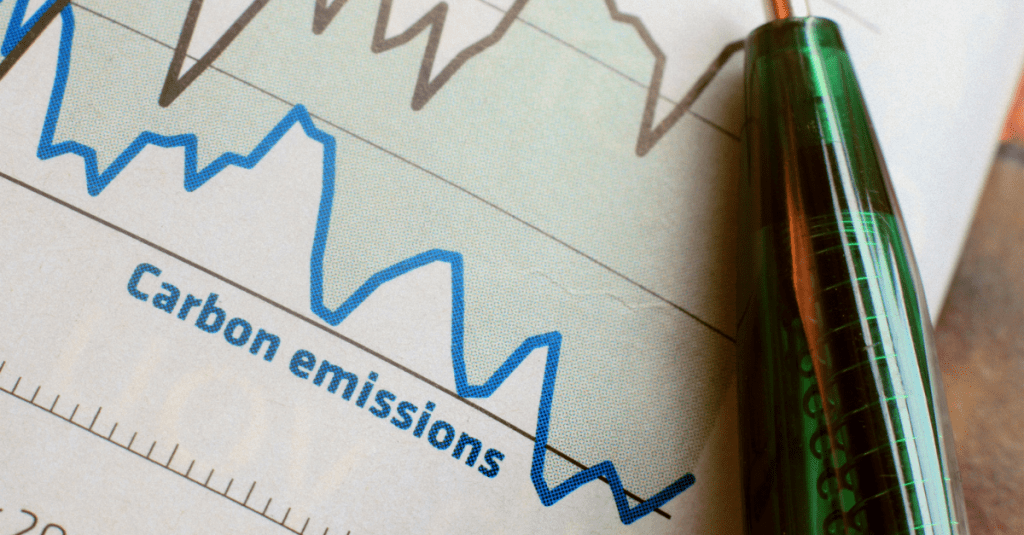Canada Announces Plan to Significantly Reduce Carbon Emissions by 2030

On March 29, 2022, Canada released a detailed plan to reduce carbon emissions 40-45 per cent below 2005 levels by 2030, which will put the country on a path to achieve net-zero emissions by 2050. This strategy has been named the Emissions Reduction Plan (ERP) and it’s the first comprehensive plan of its kind. Previously, Canada has only had individual policies on the subject instead of a detailed, cohesive plan. The ERP includes $9.1 billion in new investments that will be used to decrease pollution, create clean fuels and grow the economy.
Background
The ERP was introduced under the requirements of Canada’s Net-Zero Accountability Act, which the government adopted in the summer of 2021 in a bid to implement more binding climate change policies. Canada’s average temperatures are rising at twice the global average, and the country is the world’s fourth-largest oil producer and tenth-largest carbon emitter.
Canada has also missed every emissions reduction target it has ever set, but Prime Minister Justin Trudeau said fighting climate change was one of the government’s top priorities during last year’s election campaign. Polluting less and taking steps to remove excess carbon from the air will be one of the most important undertakings in the country’s history. The government is working with Canadians across the country and in all sectors of the economy to achieve these climate goals and seize new economic opportunity.
ERP Details
In the ERP, the government noted it was acting by:
- Reducing energy costs for homes and buildings
- Providing funds and resources to encourage communities to further climate action at the local level
- Making electric vehicles more accessible and affordable to Canadians
- Reducing carbon pollution by defining and implementing a cap on oil and gas sector emissions
- Using more renewable electricity to power the economy
- Developing a carbon capture, utilization and storage strategy to help industries be green and competitive
- Investing in projects that conserve, restore and enhance the country’s natural environment
- Supporting a clean, sustainable future for farmers
- Putting a price on pollution
Tom Green, a senior climate policy advisor at the Suzuki Foundation (an environmental group), said he is optimistic about the ERP.
“It’s much more of a comprehensive blueprint than we’ve had in the past,” Green said. “The key thing is that this is actually a plan across all sectors and it sets targets, emission levels for different sectors, and then it explains how it’s going to bring them down.”
Benefits of Cutting Emissions for Canadians
As part of the development of the ERP, the government heard from more than 30,000 Canadians, including young people, workers, Indigenous peoples and business owners. The main message from their responses was that the plan must also create jobs and keep the cost of living down for Canadians.
Here are a few of the benefits citizens are expected to experience from the ERP:
- Job creation—A Royal Bank of Canada analysis suggested that between 235,000 and 400,000 new jobs will be created by 2030 due to the adoption of clean energy.
- A strong, resilient economy—Canada has the opportunity to succeed economically in a world that is increasingly moving toward clean, net-zero emissions.
- A more affordable life for the middle class—Certain government programs, such as the Climate Action Incentive payments, will help give money back to families while making homes and buildings more energy efficient. These programs may also help lower monthly energy bills for homeowners.
- Cleaner air—Reducing emissions will improve overall air quality, therefore mitigating illnesses and lost productivity caused by air pollution.
- More opportunities to enjoy nature—By protecting the environment to help fight climate change, Canadians will also have more opportunities to enjoy the country’s natural beauty.
Find more information about the ERP here.